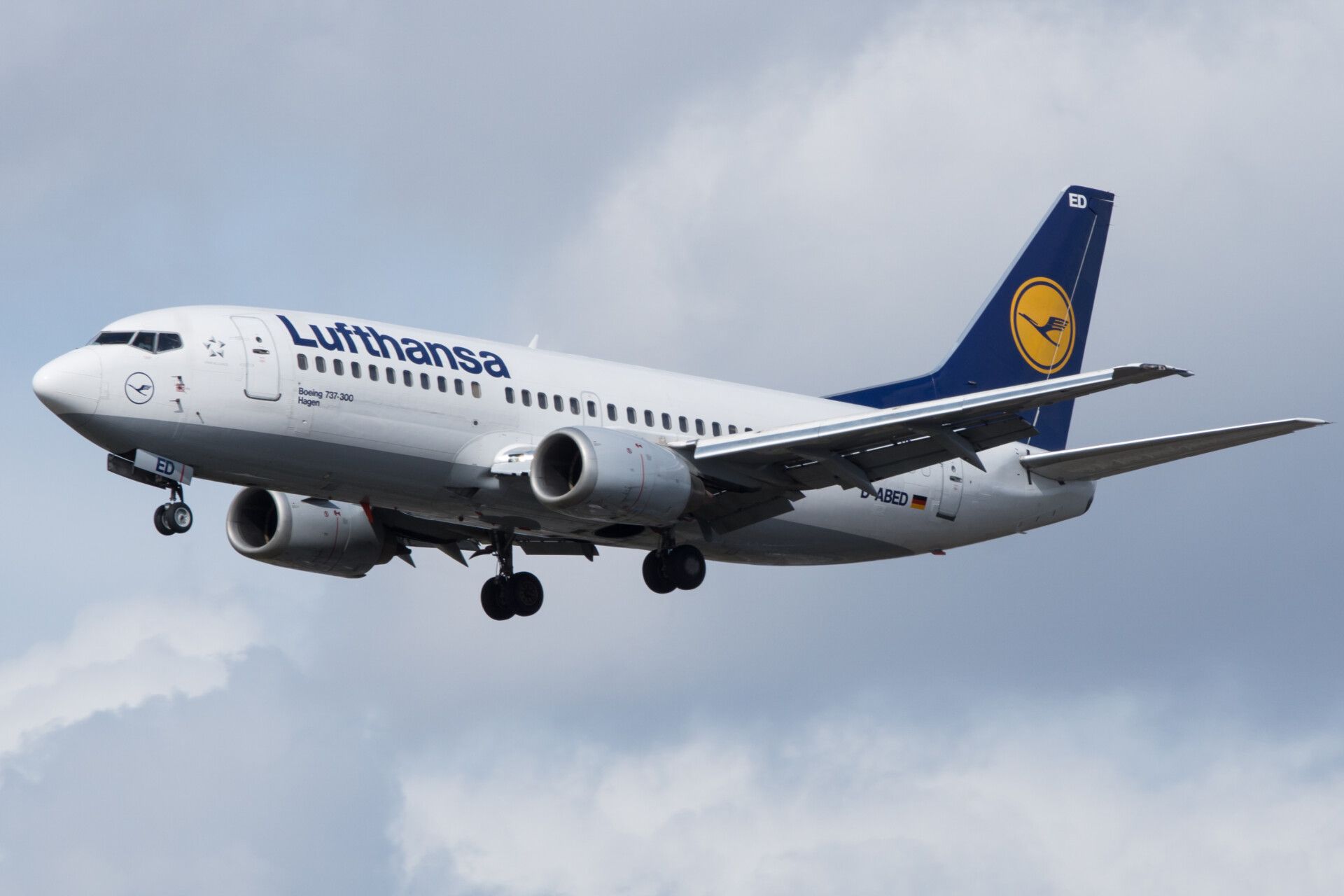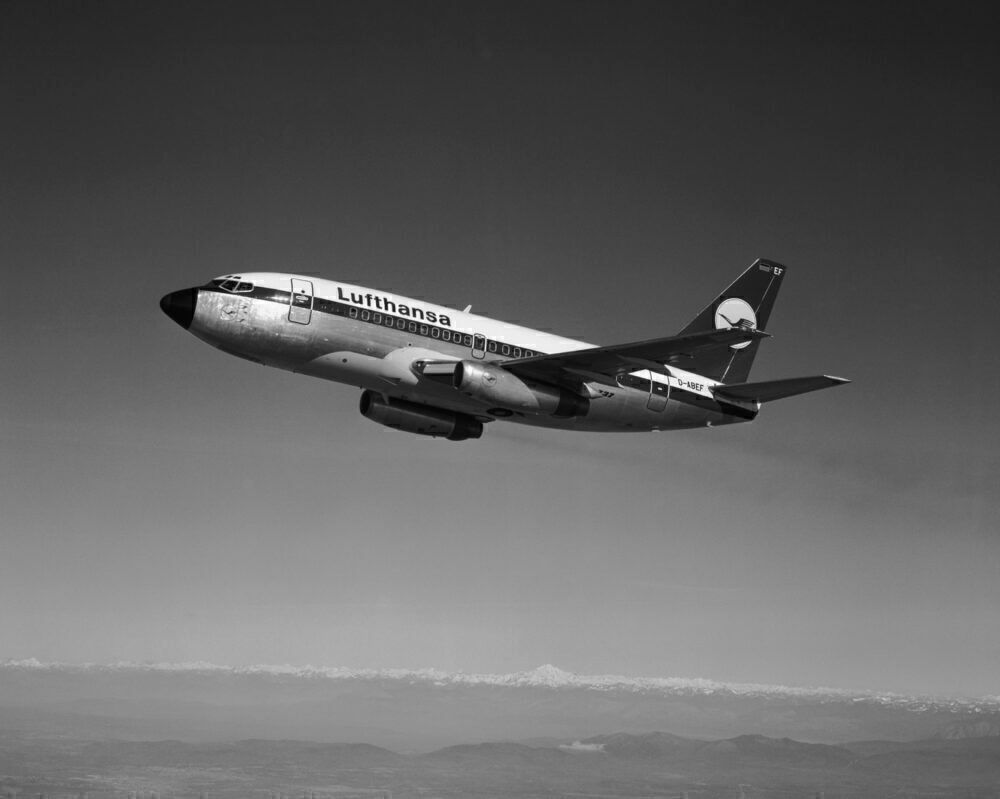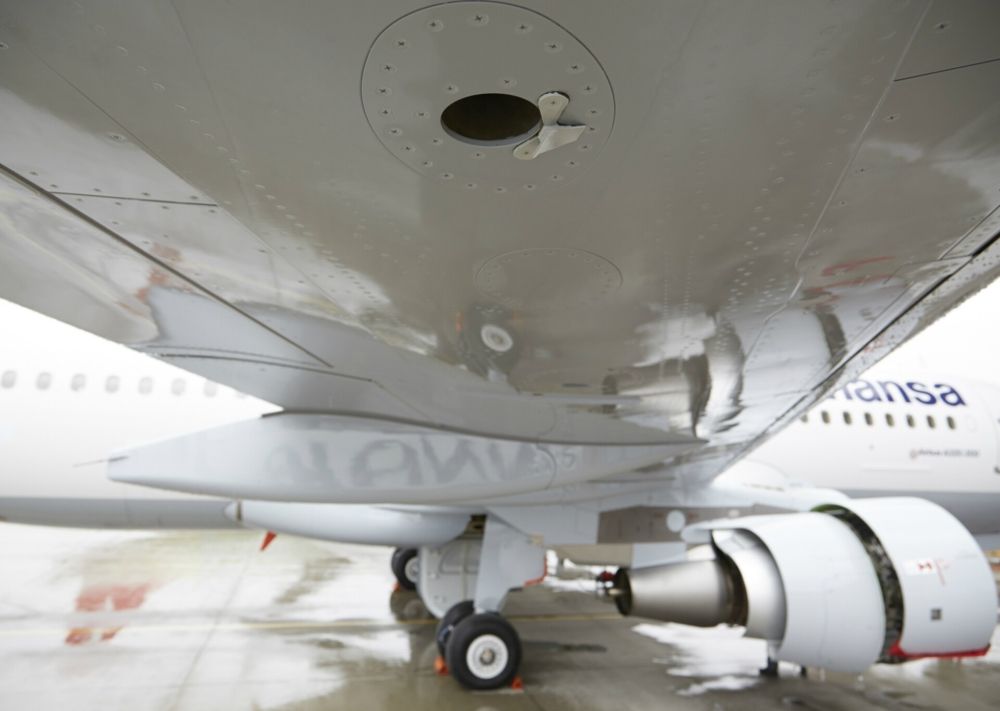Noise pollution is a key operating constraint for airlines and airports around the world. Lufthansa takes a particularly conscientious approach to this matter, and has worked hard to reduce the decibel levels of some of its short-haul aircraft in years gone by. Among these was the Boeing 737, which it managed to get reclassified in the quietest noise category.
Replacing engine panels
As Simple Flying explored in February 2021, Lufthansa flew more than 150 aircraft from the Boeing 737 family between 1968 and 2016. In the last five years of this 48-year spell of operating the US manufacturer's popular narrowbody, the German flag carrier worked to make its remaining 737s as quiet as possible. It did so on 12 Frankfurt-based 737s.
According to Fraport AG, the owner and operator of Frankfurt Airport, the scheme concerned models with CFM International CFM-56-3 engines. On these turbofans, Lufthansa opted to replace twelve acoustic panels by the inlets of the engines in question. The result was a reduction in noise footprint for the aircraft involved during both takeoff and landing.
This will have come as a welcome piece of news to surrounding residents, who are already partially protected from noise by the way the airport's runways operate. The measure regarding the acoustic panels, which Lufthansa implemented in late 2011, allowed the Boeing 737 to be reclassified into the quietest category of commercial aircraft.
Stay informed: Sign up for our daily and weekly aviation news digests.
Similar work on its A320 fleet
Later in the 2010s, Lufthansa also implemented noise reduction technology on another one of its short-haul aircraft families, namely the Airbus A320. The German flag carrier fitted the underside of the aircraft's wings with a metal tab known as a vortex generator. While this is a small component in the context of an airliner, it made a significant difference.
Spending millions of Euros on the project, Lufthansa was reportedly the first airline in the world to use such technology. It has gone on to equip around 200 A320 family aircraft with the vortex generators, which cause a two-decibel reduction in noise footprint when the aircraft is on approach. Simple Flying took a closer look at how they work last month.
Frankfurt - a center for noise reduction
As it happens, Lufthansa's Frankfurt hub is something of a hub in the field of noise reduction. Indeed, the airport has carried out wider projects concerning its operations as a whole, involving airlines other than Lufthansa. According to International Airport Review, the airport signed a seven-part noise abatement contract in 2007, adding a further 19 measures in 2012.
Some of the measures are common strategies deployed at other airports, such as noise respite periods. These help to ease the burden of noise on local residents in the early morning. However, other strategies were unique to Frankfurt. For example, in 2014, it became the first European airport to implement a Ground-Based Augmentation System. This helps arriving aircraft to approach on a glideslope that is conducive to noise reduction.
What do you make of this innovation? Do you know any others ways in which airlines have reduced their noise footprint? Let us know your thoughts in the comments.



